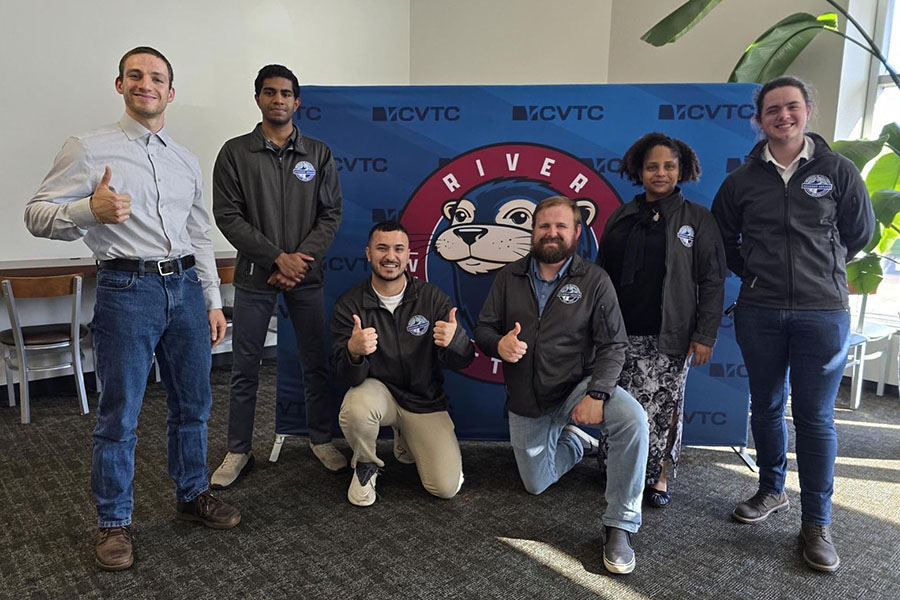The Fukushima Daiichi nuclear power plant in Japan was a controlled atomic bomb in a bottle. Then the ground shook, a tsunami hit, and the bottle cracked.
Recent disasters around the globe have reaffirmed the need for an increased expansion of green, renewable energies and a reduction in our dependence on energies produced from fossil fuels and nuclear fission.
The crisis in the Fukushima prefecture and the more than 200 million gallon oil spill in the Gulf of Mexico following the explosion and sinking of BP’s Deepwater Horizon platform are two of the most recent high-profile incidents. Others are less well-known.
In December 2008, a slurry of coal ash forced people out of their homes and knocked buildings off their foundations when a retaining wall at a Tennessee coal burning power plant failed. It was the largest spill of its kind in the nation’s history.
Coal ash, the remnants of burning coal to produce electricity, contains high levels of heavy metals like lead and arsenic as well as significant amounts of cancer-causing carcinogens according to the Environmental Protection Agency.
The use of fossil fuels is currently highly pollutive and their harvesting has the potentiality for disastrous environmental effects. As a response, proponents of nuclear power say it is a predominantly safe and clean alternative to fossil fuel dependence. However, things aren’t always what they seem.
The mining of the uranium fuel produces radioactive tailings and water pollution as well as fossil fuel use and carbon dioxide emissions during the mining process. Normal water is used in the cooling process and, while non-radioactive when discharged, it produces thermal pollution with detrimental effects on the ecosystem in the area around the plant.
Spent solid fuel is highly radioactive and remains dangerous to the biosphere for many thousands of years. To combat this problem thus far society has buried it, and keeps their fingers crossed.
Then there’s the atomic bomb in a bottle. While the chance of a major disaster at a nuclear power plant is minute it is possible and the ramifications and fallout can be cataclysmic.
In Japan, radiation levels continue to cause alarm as the loss of containment at the plant leaches radioactive particles into the surrounding environment. Levels are 1,250 times higher than normal in the seawater surrounding the plant and workers have been hospitalized with radiation burns.
Tokyo residents 150 miles to the south have been warned that radiation in tap water has exceeded allowable levels for babies and young children and higher than normal levels are being detected as far east as the west coast of the United States.
Coal accounted for about 45 percent of the energy produced in the United States. Nuclear power plants account for roughly 20 percent of the nation’s power supply. They create power by allowing a controlled nuclear reaction that heats water to produce steam that in turn produces electricity.
Society has to change. It has to lessen its dependence on fossil fuels and nuclear generated power and it has to dramatically increase the application and incorporation of green, renewable sources of energy, such as hydro, wind, solar, geothermal, and biomass.


























